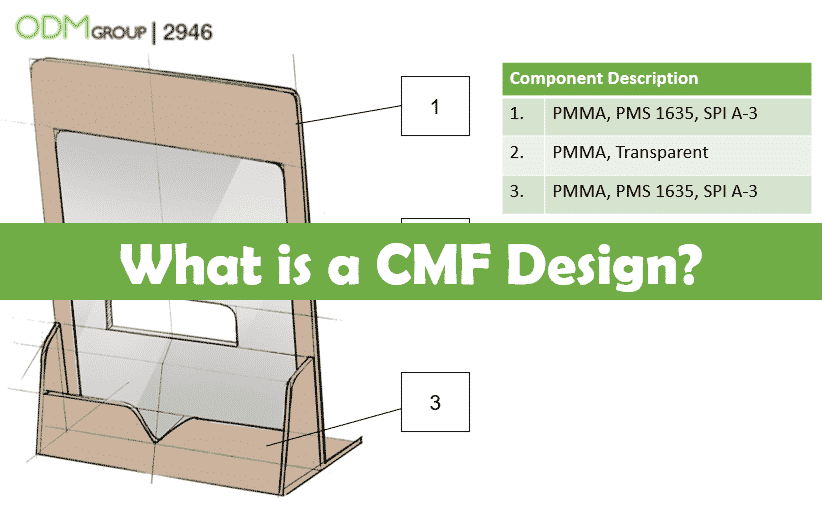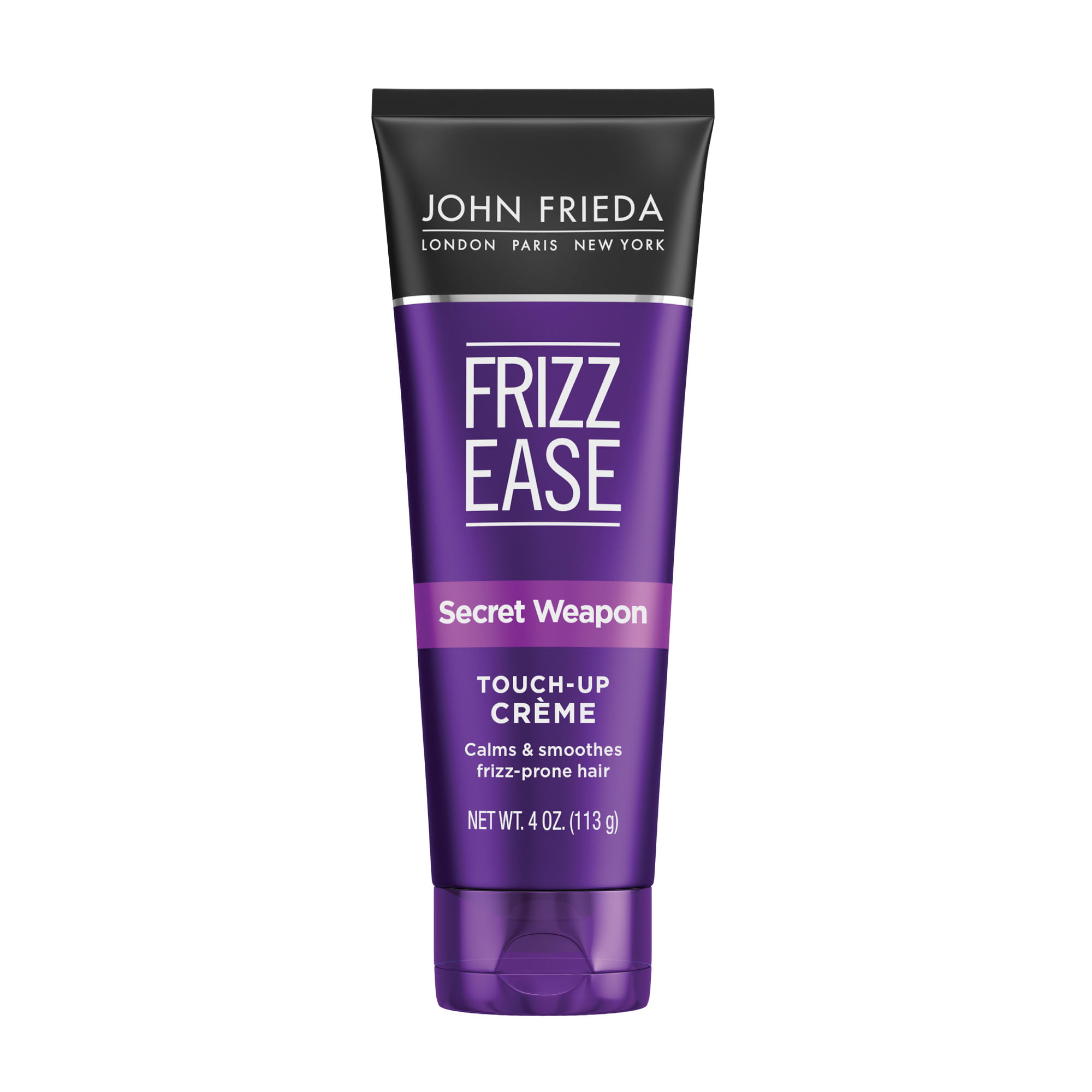Table Of Content

Quality control measures are implemented to maintain consistency and uphold the highest standards of craftsmanship. The standards that govern the desired level of smoothness for a finished part vary according to the manufacturing process or material. For plastic components, the most widely adopted standards originate from SPI specifications, which describe the surface treatment of the tooling employed in the production of the final plastic products. SPI surface finishes span a spectrum from untreated “as machined” surfaces to a high gloss, offering a multitude of options in between. In the case of “as machined” surfaces, the witness marks left by the cutting tools are readily visible.

Understanding CMF Design and Finding Opportunities for 3D Printing
CMF Buds, Neckband Pro review: Budget bangers with quirky design - The Indian Express
CMF Buds, Neckband Pro review: Budget bangers with quirky design.
Posted: Thu, 07 Mar 2024 08:00:00 GMT [source]
By prioritizing eco-friendly materials, designers can create products that align with consumers’ values and contribute to a greener future. We will explore the delicate balance between creating visually appealing products while ensuring they meet the users’ needs and expectations. The CMF design process begins with a deep dive into consumer insights, market trends, and brand identities.
Visual prototype
Rigorous testing and evaluation ensure that the chosen CMF elements not only meet aesthetic criteria but also adhere to functional requirements, durability standards, and regulatory compliances. In addition, a product’s material can influence its weight, durability, and even usability. For example, a metal smartphone feels premium but is heavier and more prone to overheating than a plastic one. Thus, material selection is a delicate balance between aesthetics, functionality, and cost. Some finishes may be more prone to scratches or wear and tear, while others may require specific cleaning or care.
Interior Design • Renovation
Exterior CMF design focuses on creating visually striking and emotionally engaging color and finish combinations for the body panels, trims, and accents. They may also leverage micro-surface textures to diminish glare or impart hydrophobic properties in materials. As for plastic tooling, numerous companies provide their own proprietary textures, or an engineer could collaborate with a tooling engraver to create novel textures.
A matte finish can create a sophisticated and modern look, while a glossy finish adds a touch of elegance and glamour. By selecting the right finishes, designers can enhance the perceived value and quality of the product. In this course, Laura takes you through the world of CMF to create a sensory experience through your product design ideas.
We will explore successful case studies and best practices in leveraging CMF design for branding purposes. To take this course, you need to source a materials like fabric, metal, plastic, and others, which Laura guides you through the process in the second unit. You will also need a camera to capture physical colors and textures, as well as access to Adobe InDesign and Illustrator, or similar software, for the final presentation.
[Interview] Learn How Samsung and Superposition Designed a Modern Hanok Exhibit in the Heart of Seoul - Samsung Global Newsroom
[Interview] Learn How Samsung and Superposition Designed a Modern Hanok Exhibit in the Heart of Seoul.
Posted: Fri, 10 Nov 2023 08:00:00 GMT [source]
Materials must be selected based on the intended functionality of the product. For example, electronic devices may require materials that offer electrical conductivity and heat dissipation, while outdoor furniture needs materials that are weather-resistant and durable. By understanding the functional requirements, designers can choose materials that enhance the product’s performance and longevity. Our product designers and engineers have years of experience in analysing materials and identifying the right product materials that function perfectly and solve problems.
Conducting User Research
For example, you can look at a product and know what brand it is, purely based on the look and feel of the color, materials and finishes. The advantage of spending time on it is that it helps set your product apart from ones that care about macro-branding. Simply put, it influences purchase behavior, which creates value for the brand. By evoking emotion, we make the products desirable for people in a targeted way. We have to know who we are designing for, and CMF plays into part of the equation to make sure that the product speaks to our target audience.
However, there’s more to a CMF designer’s job than selecting color and material swatches to create moodboards. With advancements in technology, new materials, and finishes are constantly being developed. Moreover, as consumers become more conscious about sustainability, CMF designers are challenged to create aesthetically pleasing products that are also eco-friendly. With the final CMF design approved, the manufacturing and implementation phase commences. CMF designers work closely with production teams, ensuring that the chosen color, material, and finish specifications are faithfully translated into the final product.
By embracing innovation, sustainability, and personalization, CMF designers will shape the future of product design, creating experiences that resonate with consumers on a deeper, more meaningful level. Combining different materials can create unique and visually appealing products. Mixing contrasting textures, such as smooth and rough surfaces, can add visual interest and tactile sensations. Designers must experiment with different material combinations to find the perfect balance that enhances the product’s aesthetics and functionality. Color, Materials, Finish (CMF) is an area of industrial design that focuses on the chromatic, tactile and decorative identity of products and environments.
Finishes can significantly impact how users perceive the value of a product. A high-quality finish can make a product appear more luxurious and premium. By using finishes that align with the product’s positioning, designers can influence users’ perception of the product’s worth and desirability. Whether a product is for consumers or industrial users, how a product looks, feels, and behaves influences its functional and perceived value. In product development those characteristics are collectively known as Color, Material, Finish, usually abbreviated as CMF.
This said, with evolving technology, I see AR and VR somehow coming into play for CMF. You might not be able to feel it, but you can see a product with the exact specific CMF within a certain environment you set up. You can kind of set it up now in KeyShot, but I see VR coming into play more down the line. I have a feeling we’re going to see a lot more eco-friendly materials, and micro-transparency ingredients. In terms of finish, we’re gonna see things that we thought are more inherent in natural materials–rapidly fabricated for an aesthetic.

No comments:
Post a Comment